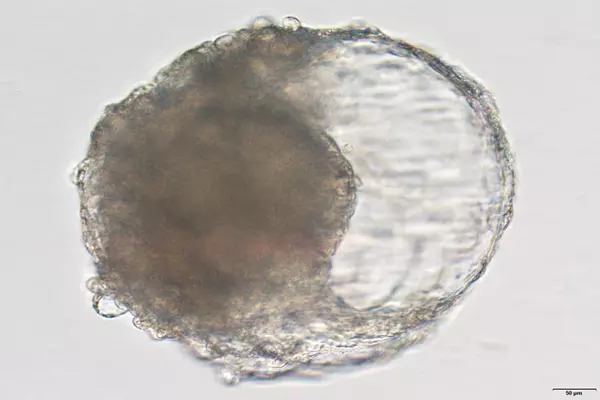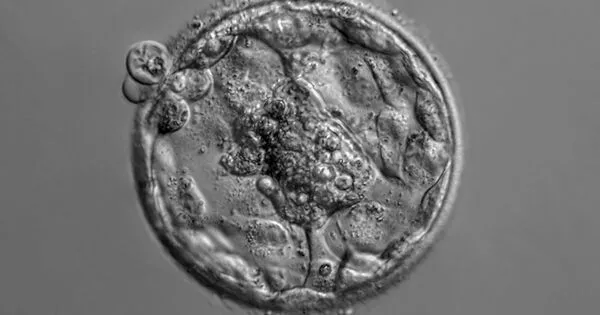It has been reported that researchers have successfully created embryo-like structures from monkey embryonic stem cells. The research, which was published in the journal Cell, describes how the team used a method known as “blastoid” technology to create the structures.
Blastoids are three-dimensional structures that resemble early embryos, but are not considered actual embryos because they cannot develop into a fetus. The blastoids created by the researchers were made using embryonic stem cells that were coaxed into forming hollow balls of cells, which then developed into structures resembling embryos.
Human embryo development and early organ formation remain largely unexplored due to ethical concerns about using embryos for research and a scarcity of materials to study. A team of Chinese researchers report for the first time the creation of embryo-like structures from monkey embryonic stem cells in a paper published in the journal Cell Stem Cell. The researchers also implanted these embryo-like structures into the uteruses of female monkeys and discovered that they could implant and elicit a hormonal response similar to pregnancy.
This research has created an embryo-like system that can be induced and cultured indefinitely. It offers new tools and perspectives for future research into primate embryos and reproductive medical health.
Qiang Sun
“The molecular mechanisms of human embryogenesis and organogenesis are largely unclear,” says co-corresponding author Zhen Liu of the Chinese Academy of Sciences (CAS) in Shanghai. “Because monkeys are closely related to humans evolutionarily, we hope the study of these models will deepen our understanding of human embryonic development, including shedding light on some of the causes of early miscarriages.”
“This research has created an embryo-like system that can be induced and cultured indefinitely,” says Qiang Sun, a co-corresponding author from CAS. “It offers new tools and perspectives for future research into primate embryos and reproductive medical health.”
The researchers began with macaque embryonic stem cells that had been exposed to a variety of growth factors in cell culture. For the first time, non-human primate cells were used to induce stem cells to form embryo-like structures.

Under a microscope, the embryo-like structures, also known as blastoids, were discovered to have a morphology similar to natural blastocysts. They formed arrangements that resembled the amnion and yolk sac as they developed in vitro. The blastoids also began to form the types of cells that would eventually make up the body’s three germ layers. The different types of cells found within the structures had similar gene expression patterns to cells found in natural blastocysts or post-implantation embryos, according to single-cell RNA sequencing.
The blastoids were then implanted in the uteruses of eight female monkeys, with three of the eight surviving. This implantation caused the release of progesterone and chorionic gonadotropin, both of which are normally associated with pregnancy. Early gestation sacs, fluid-filled structures that develop early in pregnancy to enclose an embryo and amniotic fluid, were also formed by the blastoids. They did not, however, develop fetuses, and the structures vanished after about a week.
In future work, the investigators plan to focus on further developing the system of culturing embryo-like structures from monkey cells. “This will provide us with a useful model for future study,” says co-corresponding author Fan Zhou of Tsinghua University. “Further application of monkey blastoids can help to dissect the molecular mechanisms of primate embryonic development.”
The researchers acknowledge the ethical concerns that this type of research raises, but emphasize that there are still significant differences between these embryo-like structures and natural blastocysts. Notably, the embryo-like structures lack full developmental potential. They emphasize the importance of discussions between the scientific community and the general public in order for this field to advance.





